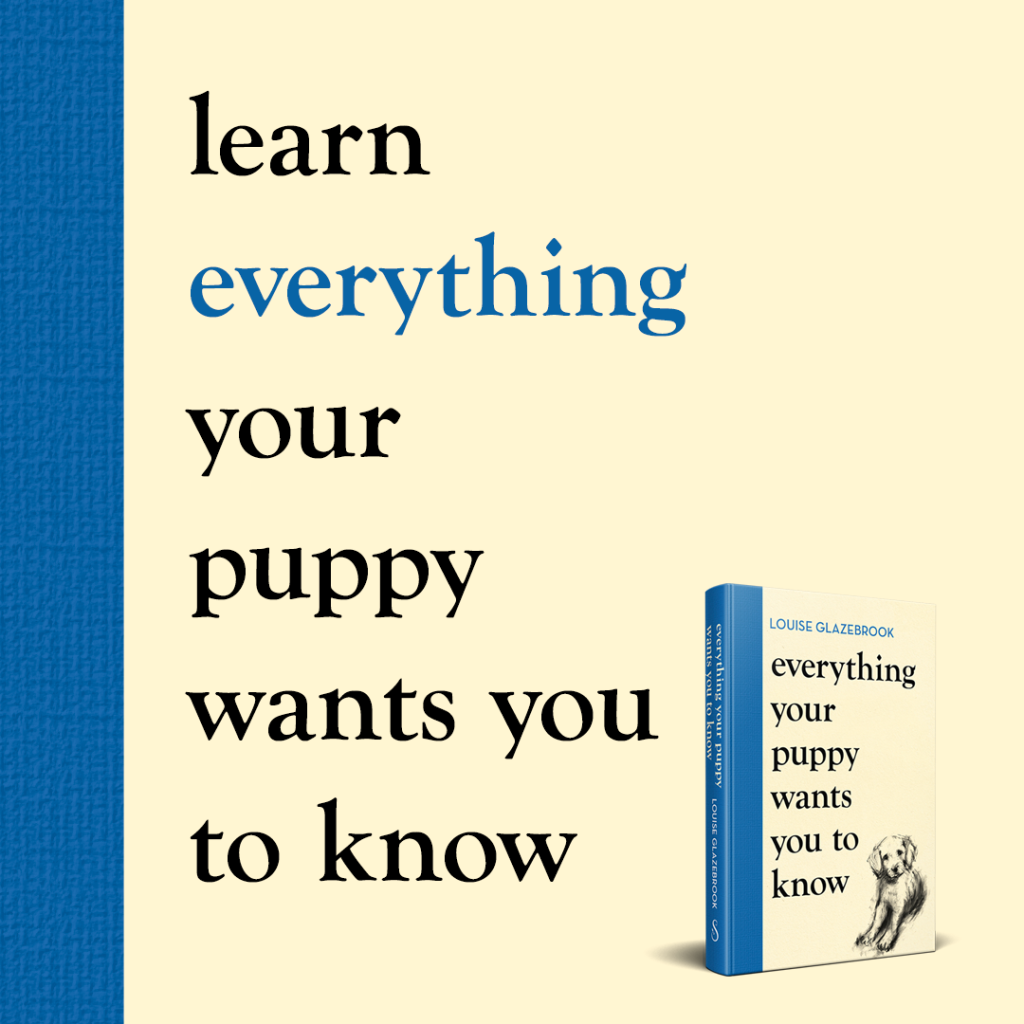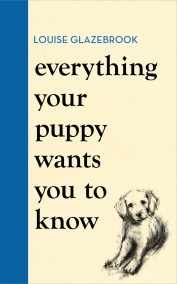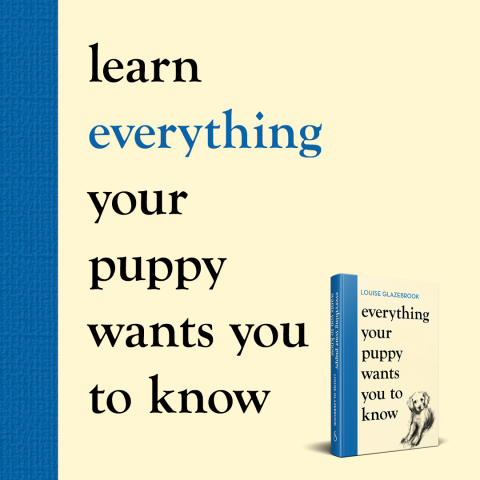What you really don’t need to buy for your puppy!

What you really don’t need to buy for your puppy
You’ve chosen your puppy, and now you’re ready to bring it home. It is tempting, if you have the budget, to go out and buy all the fancy beds, collars, toys and training games. If you don’t have the budget, you might worry that you’re unable to afford something essential. There is a whole industry built around telling you that your puppy absolutely needs a ‘calming’ bed despite it being no different from many other beds! You probably already know by now what I’m going to tell you: your puppy is an individual! It will have its own particular needs and preferences when it comes to how it sleeps and plays. However, there are a few things that will make a puppy’s arrival in your home smoother, and some things you definitely don’t need to spend money on!
For feeding
Slow-feeder bowls: These are bowls with obstacles to eating, designed to make it harder for your dog to access their food. In theory this will help a dog who bolts their food. However, I’m really not a fan of these for dogs who eat quickly. If you need to slow them down there are many other methods you can use rather than frustrating them with these bowls. If you have a dog who is a resource guarder, definitely do not use these as they build frustration. If you do feel that your dog is gulping food and not chewing it, then you can look at changing the food you feed. It may be better to put them on a dehydrated option that you rehydrate, or a minced raw food that is less chunky so they won’t choke on lumps. You can use a mixture of hand feeding with a bowl, it does just really depend on your puppy.
Expensive feeding stands for dogs for whom the floor may be a long way down: There’s a simpler solution – just buy a plant pot of the height you want, fill it with soil, plant some grass in it and put the bowl in the middle ! The pot will catch any remnants and the dog can eat the grass too. I did this with the water bowl for my Great Dane as it kept the flowers watered!
Liquid you add to water to stop plaque build-up on your puppy’s teeth: These liquids are typically full of chem-icals and, in my view, you should avoid them. Instead, use decent, fresh food, brush their teeth and give them fresh meaty chews which clean their teeth effectively.
For sleeping
Crates: These are one of my biggest bugbears. Your puppy does not require or ‘have to have’ a crate. If their breeder trained them with it and they genuinely enjoy it and want to use it, then definitely get one. If you are buying one because it’s the ‘done thing’, you don’t need to bother. It is worth remembering that the wide use of crates came from the USA where many trainers insist on dogs spending all their time in them unless they are toileting or being walked. Which makes me feel really sad when, actually, their time should be used to learn independence, to explore and learn to self-settle. If your dog adores the crate, then carry on as you were. Just don’t feel like it is your only option.
Calming beds: Usually touted on social media, these are made of cheap fabrics with no support for your puppy’s head or back. Many of my clients’ dogs got overwhelmed with these beds and spent the entire time humping and trying to destroy them due to the texture of the man-made fabric.
For walking
The flexi lead: I’m not a huge fan of those extendable flexi leads, unless your dog is tiny and has zero pulling power. Otherwise I think they are dangerous, as the ycan get wrapped around people’s legs, cut your hands if you need to grab the lead, and teach your puppy to pull. You definitely should not be using these on the streets where your dog can get away from you and end up under a car. Instead, use a 2m lead on the street and a 5m long line in the park. They can also be useful for dogs recovering from operations where you are building up exertion over time. Please never use them on bigger dogs with power behind them, they are not safe.
E-collars: Now illegal in several countries, an e-collar is a piece of equipment with a control held by the owner or trainer which emits an electronic shock via the collar. Trainers who use these will justify them by saying that if used correctly they are fine. This isn’t an argument I can get on board with. Inflicting pain on purpose should not be part of our remit.
Prong collars: Most commonly used in the USA and often validated by people with big dogs. These are metal chain collars with prongs that face inwards into the dog’s neck, so that when the dog pulls, the chain tightens and the prongs dig in, inflicting pain so it stops them from pulling. This still is not a reason to use such an item on your dog. I had a 65-kilo Great Dane, so I understand walking a large dog, and inflicting discomfort is not the way forward. No matter what anyone tells you.
Head collars: These are a piece of equipment that goes over the dog’s mouth or muzzle area and usually fastens under the jaw to keep the dog under tight control. These would really be my last resort if, for example, you were very frail or poorly and couldn’t walk your dog without it. Otherwise, they can, in my experience, create issues for the dog’s muscular system in the neck and for the gait of your dog because of where you put all the pres-sure. I see many bigger dogs wearing these and, in some cases, it changes the way that they walk. They often end up looking like they are walking on tippy toes as they cannot walk in a full stride like their build is designed for, and this can create structural and muscular-pain issues for your puppy later on.
Harnesses that make your dog walk like a soldier: They do not allow for the full rotation of the dog’s shoulder which is a big issue. Harnesses should not be too short in the body and sit right behind the legs, they should fit mid-way around the stomach, not right behind the front legs/armpits. Lastly, think very carefully before using over-the-head harnesses, as they can be scary and noisy for dogs and actually too heavy for many, with large clips clinking and different things attached. Look at where clunky heavy clips sit on your dog’s body: would you like that?!
Dog coats: Most breeds do not require a dog coat. Unless you live in a cold climate or one where the temperature drops regularly, or you have a very short-fur dog breed like a Whippet or Italian Greyhound. Definitely do not buy any kind of coat with a hood, padded collars or which stop the shoulder movement of the dog when walking and running. (I really like some of the fleeces made by Equafleece. They are light, allow movement and wick away water and mud.)
Extracted from Everything Your Puppy Wants You to Know by Louise Glazebrook. Published 12 September 2024 in Hardback, ebook and audiobook.







